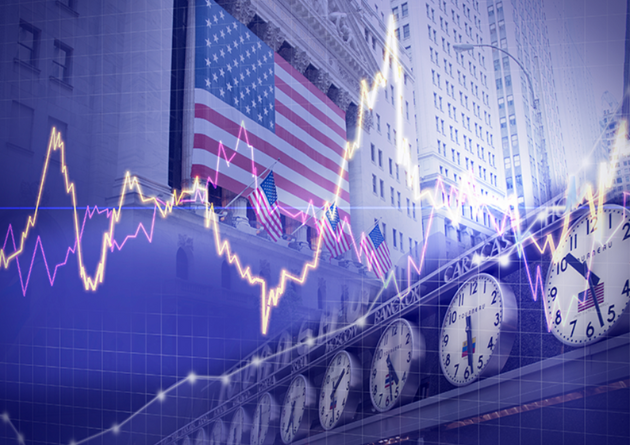U.S. Stock Futures Slip Amid Renewed Trade Tensions, Key Data in Focus

- rabeelrana
HG MARKETS:
U.S. stock index futures fell Monday as escalating tensions between Washington and Beijing reignited fears of a renewed trade war between the world’s two largest economies. At last check, Dow Jones futures were down 220 points or 0.3%, S&P 500 futures slipped 35 points or 0.6%, and Nasdaq 100 futures dropped 145 points or 0.7%. The negative sentiment marks a weak start to both the new trading week and month, as investors reassess the risk environment following a strong May rally. The S&P 500 closed last month with a gain of over 6%, its best monthly performance since November 2023. The Nasdaq Composite soared more than 9%, while the Dow Jones Industrial Average added roughly 4%.
Market sentiment turned cautious after the Chinese government pushed back against accusations made by U.S. President Donald Trump that Beijing had breached trade agreements reached in Geneva. On Monday, China’s Ministry of Commerce dismissed the allegations as “groundless” and vowed to implement firm measures to protect national interests. However, President Trump on Friday announced plans to double tariffs on steel imports—from 25% to 50%—effective June 4, intensifying trade friction. Although a federal trade court initially blocked key parts of Trump’s tariff agenda last week, the measures were quickly reinstated by an appeals court. The matter now appears headed to the U.S. Supreme Court, though Trump indicated he will pursue alternative enforcement mechanisms regardless of the court’s ruling.
Investors are now awaiting a wave of economic reports due this week, beginning with PMI figures from S&P Global and the Institute for Supply Management (ISM) due later Monday. These readings will offer further insight into the health of the U.S. economy amid rising trade uncertainties. The labor market will also be in focus, with the May nonfarm payrolls report scheduled for release Friday. Economists anticipate 130,000 new jobs were added last month, down from 177,000 in April, signaling a potential slowdown in hiring momentum. Additionally, Federal Reserve policymakers are slated to deliver remarks throughout the week, most notably Fed Chair Jerome Powell, who is set to speak at a conference in Washington, D.C. Investors will be closely monitoring his comments for any signals on future monetary policy, especially after last week’s PCE price index indicated a modest cooling in the Fed’s preferred inflation gauge.
Speaking Monday at a conference in South Korea, Fed Governor Christopher Waller said that inflationary pressure stemming from trade tariffs would likely be transitory. He reaffirmed that the Fed remains on track to consider interest rate cuts later this year if economic data continues to support such a move. On the corporate front, chipmakers came under pressure on reports that the Biden administration—building on the Trump-era restrictions—is preparing to expand export controls on Chinese technology firms. Bloomberg reported Friday that proposed U.S. regulations would require government licenses for transactions involving any company majority-owned by a firm already under U.S. sanctions.
This move aims to close a key loophole used by Chinese tech companies to circumvent existing restrictions through the creation of subsidiaries. Shares of major chipmakers, including Nvidia (NASDAQ: NVDA), Marvell Technology (NASDAQ: MRVL), and Taiwan Semiconductor Manufacturing Co. (NYSE: TSM), declined in premarket trading. In contrast, U.S. steel and aluminum producers saw strong gains on the back of Trump’s tariff announcement. Shares of Cleveland-Cliffs (NYSE: CLF), Nucor (NYSE: NUE), and Steel Dynamics (NASDAQ: STLD) rallied as investors anticipated improved pricing power and margins for domestic producers.
With geopolitical and trade tensions re-emerging as key risk factors, investor attention will remain focused on economic data and central bank commentary for direction. The possibility of renewed tariff escalations, combined with global growth concerns, could weigh on market sentiment in the coming sessions. While May’s rally offered investors strong returns, the opening days of June are likely to be shaped by volatility as the U.S.-China relationship once again moves into the spotlight.
